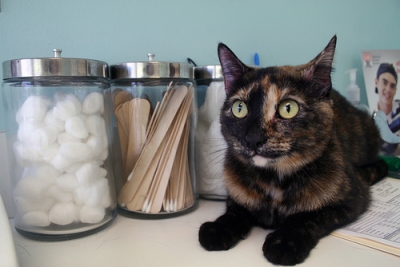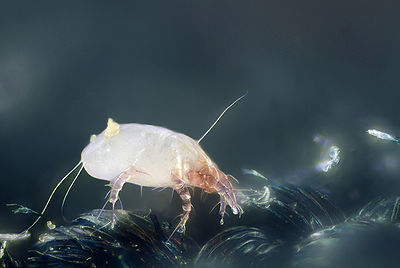
Feline Hyperesthesia Syndrome (FHS) can affect cats at any age but is more common in adult cats. While FHS can occur in any sex or breed, purebred cats such as Abyssinians, Siamese, Burmese and Himalayans seem more prone to its development.
Although the cause of FHS appears to be idiopathic (of unknown origin), suspected causes are seizures, a brain disorder or OCD (obsessive-compulsive disorder).
Hyperesthesia is a term used when there is exaggerated sensitivity affecting some senses. In this instance, FHS affects the skin, causing a rippling motion beginning at the shoulders and continuing down to the tail. It is often referred to as “rippling skin syndrome” or “twitchy cat syndrome.” If the cat’s fur is thick and long, it may not be visible.
Symptoms can be excessive biting or licking of the hindquarters including the tail and body twitches. The cat can appear to be looking intently at its body or suddenly run off as if being chased. Some cats hiss at their tails or chase them. Some lose bladder control temporarily and will urinate. If you attempt to touch your cat during an FHS episode, s/he may hiss and bite you or run away. Some cats will bite and/or chew their hindquarters hard enough to draw blood and cause themselves injury.
Conditions such as a flea infestation or other skin problems can cause hyperesthesia. Since there are a number of serious health issues that can cause the syndrome, it is advisable to make an appointment with the veterinarian to have your cat examined. Your vet will advise you as to treatment.


